Country’s best private gardens throw open gates for spring
With spring comes a seasonal opportunity to visit beautiful private gardens whose owners are willing to share them with fellow garden enthusiasts.
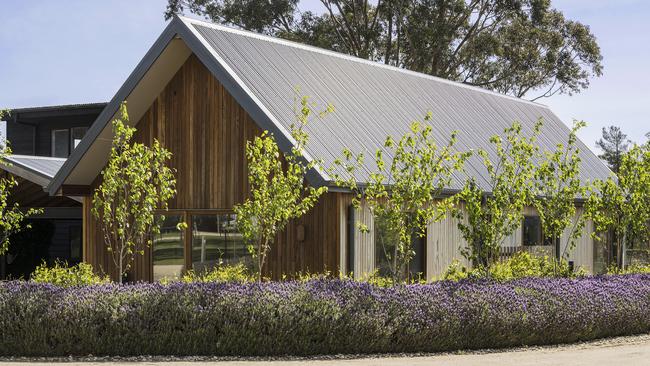
With spring comes the opportunity to visit beautiful private gardens whose owners are willing to share them with fellow garden enthusiasts. State-based Open Garden organisations are volunteer-run, not for profit, and help support local charities and horticultural projects. Entry fees are generally $8-$10 for adults, with discounts for members, students and concession holders.
Open Gardens Victoria kicks off a big season of diverse city and country gardens on September 23-24 with Parnham Farm (pictured) on the Mornington Peninsula. Details at opengardensvictoria.com.au.
South Australia has already started its season and has a range of gardens (opengardensa.org.au), as does the Canberra organisation (opengardenscanberra.org.au). In WA, check the spring calendar at opengardenswa.org. NSW does not have an Open Gardens group but the Leura Garden Festival is on September 29-October 2.
My Open Garden is a national directory of gardens to visit, including in Tasmania. It also lists garden B&Bs and wedding venues (myopengarden.com.au).
Taste of Summer
Basil is a summer annual that you plant once the soil warms. It grows quickly, especially with fortnightly doses of liquid fertiliser, until it flowers, then dies when it gets cold again in autumn.
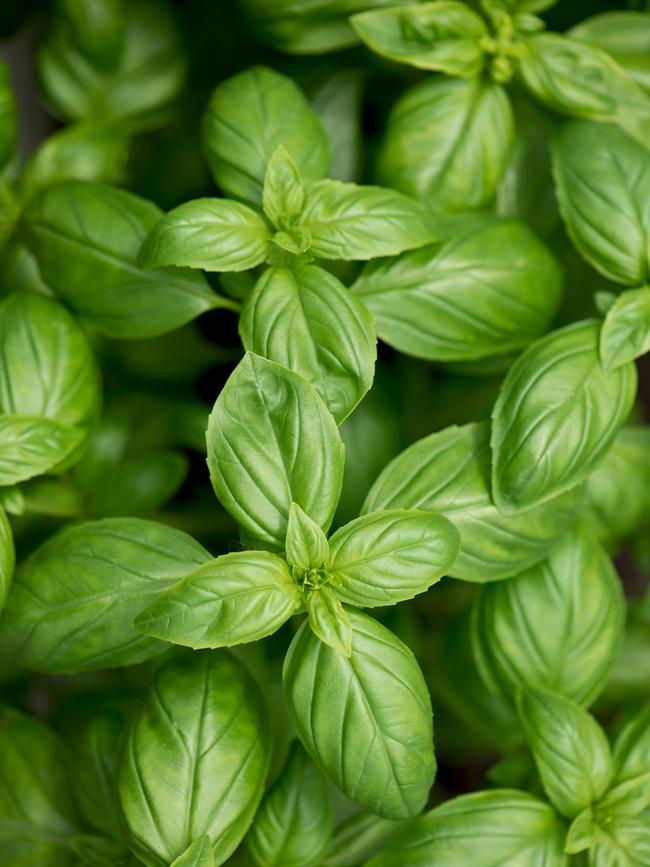
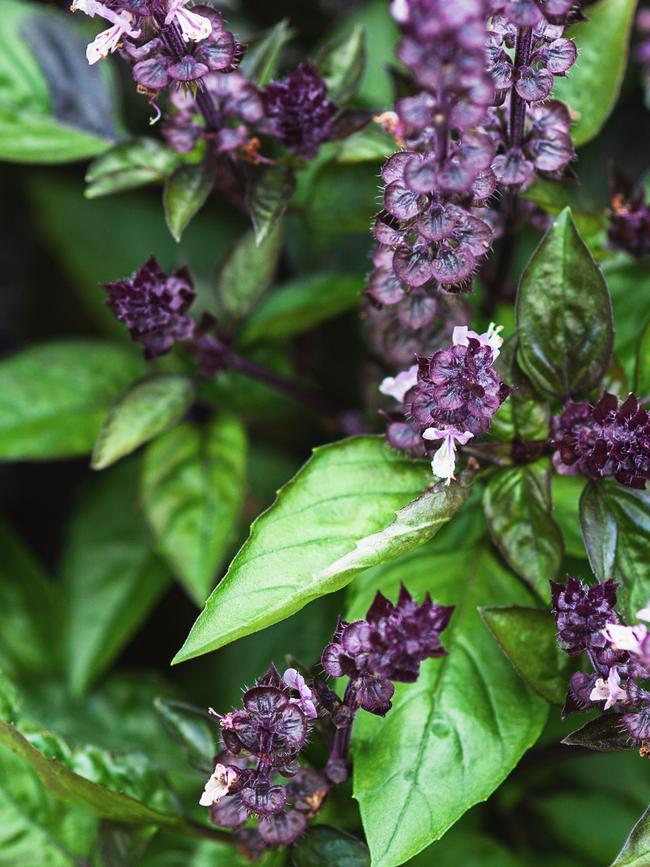
Sweet basil is the regular type but others have purple, tiny or ruffled leaves. All taste similar but also try cinnamon basil, lemon basil, sacred basil and Thai basil.
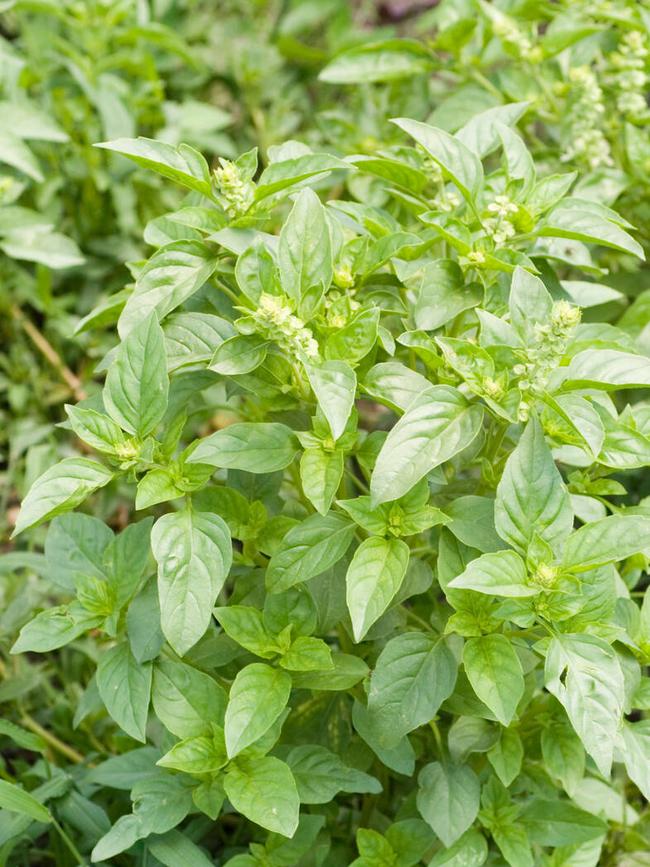
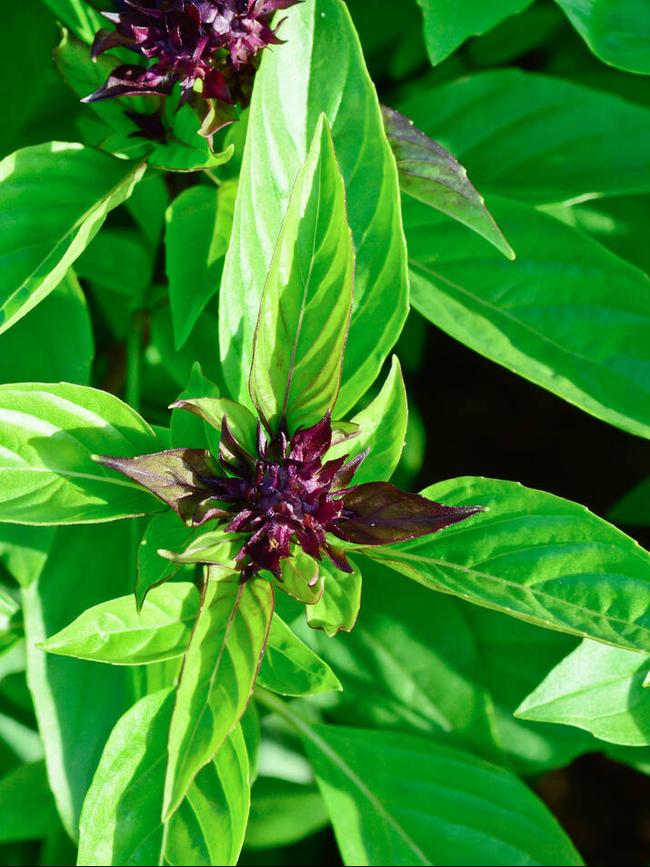
Q&A
What vine could we grow on our large Colorbond shed for beauty and insulation?
Kirsty Kaye, South Coast NSW
Metal sheds in dark colours can get so hot they burn soft foliage. Edible climbers include passionfruit and chokos but kiwifruit vines would be too heavy. Grapes need to be grown within arm’s reach to manage them, but could be trained along the sunny sides, as could raspberries. Boston ivy and Virginia creeper are deciduous climbers that are self-clinging but can struggle to attach to smooth metal. Orange trumpet vine (Pyrostegia venusta) would be spectacular in winter, or consider native snake vine (Hibbertia scandens) or one of the Pandorea varieties.
My compost bin is full of slaters – are they good or bad?
Bruce Roly, by email
Slaters can eat seedlings in the garden but they’re good in compost because they break down tough fibres in woody materials, ready for other decomposers to eat. High numbers can occur when compost is too dry. The Compost Coach by Kate Flood is a brilliant new book on everything to make composting easy and accessible.
What fast-growing, small tree could provide summer shade for my courtyard? I’m happy to keep it pruned.
Lyn McDonald, Sunshine Coast, Queensland
Xanthostemon ‘Fairhill Gold’ is a dwarf form of native golden penda, growing 2-4m. It has glossy leaves and spectacular gold flower trusses in summer-autumn. Native gardenia (Atractocarpus fitzalanii) grows 5-6m with fragrant white, starry flowers in spring and edible fruit like mangosteen. Indian Summer dwarf crepe myrtles fit the bill – they’re deciduous, long flowering over summer, and come in a range of colours and sizes.
Send your questions to: helenyoungtwig@gmail.com. Thes best question for September wins two copies of Lonely Planet’s The Joy of Exploring Gardens plus a pair of Sprout gloves and scissors from Annabel Trends, total value $125.




To join the conversation, please log in. Don't have an account? Register
Join the conversation, you are commenting as Logout